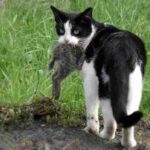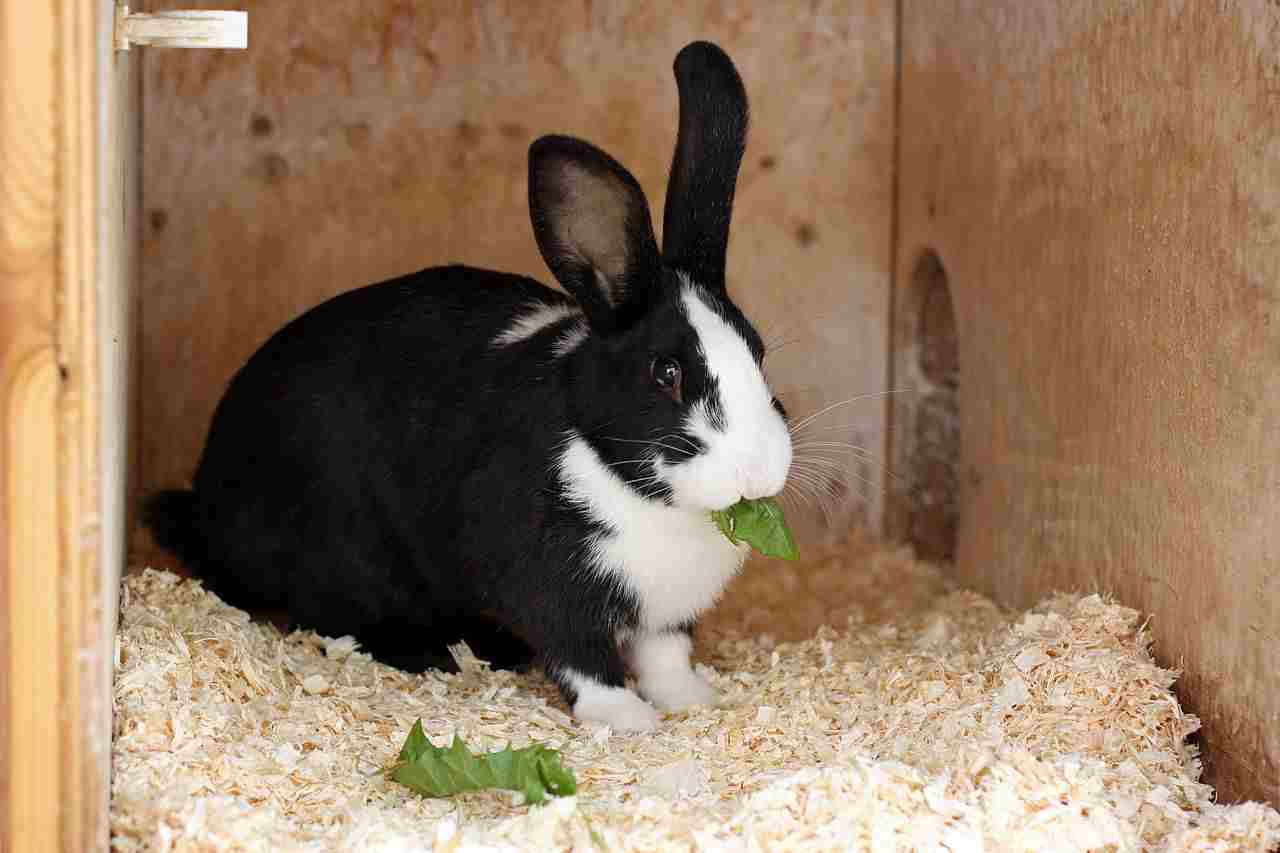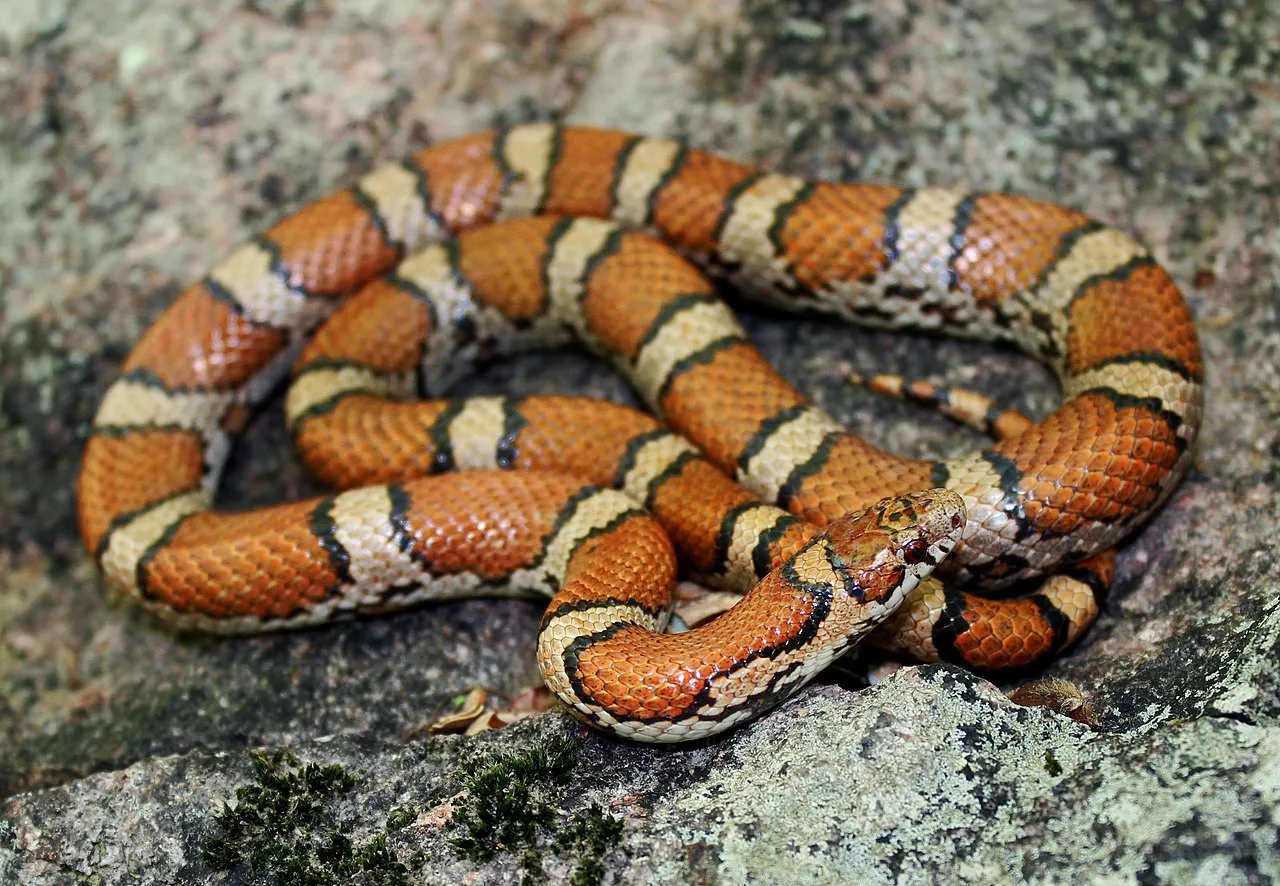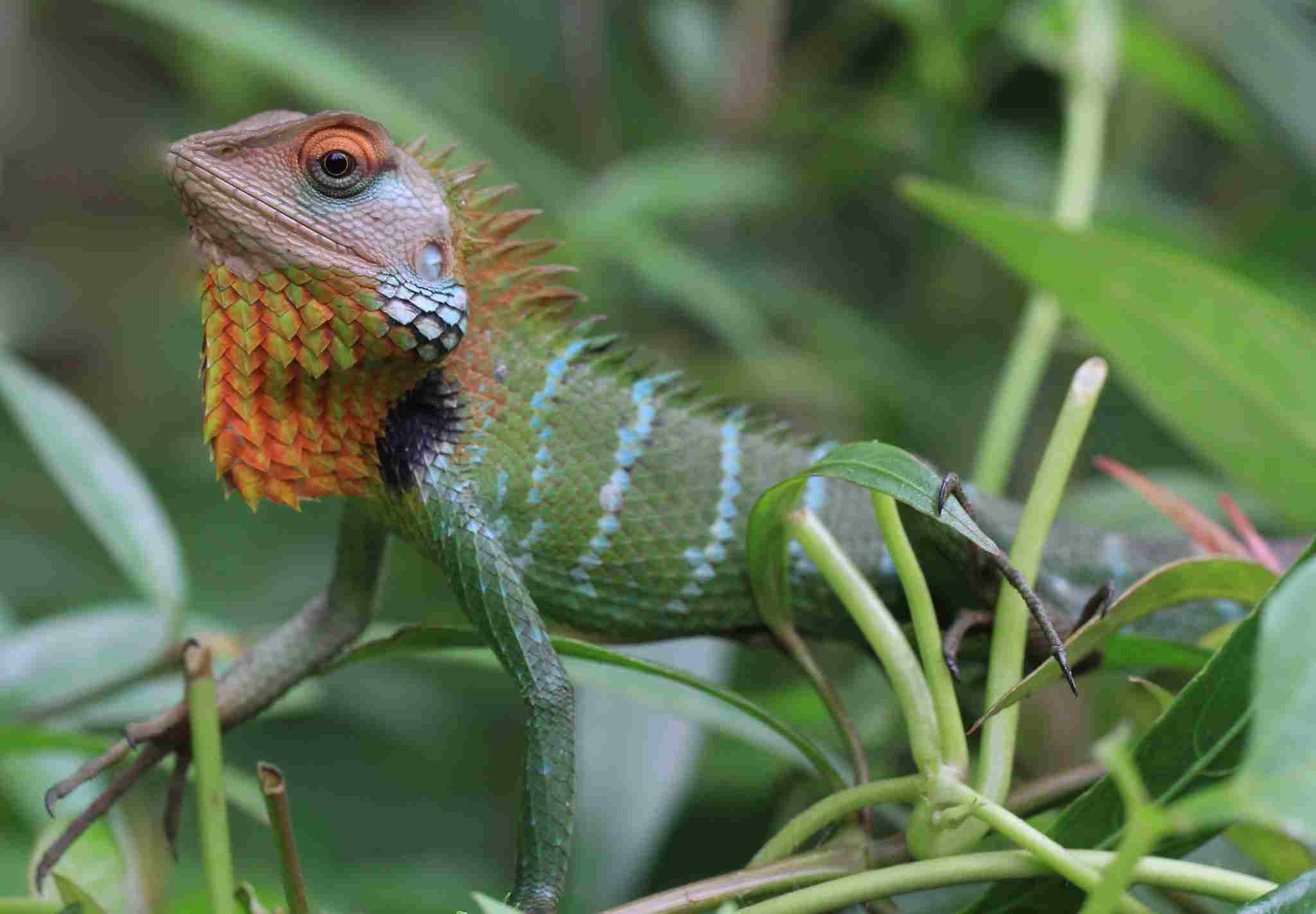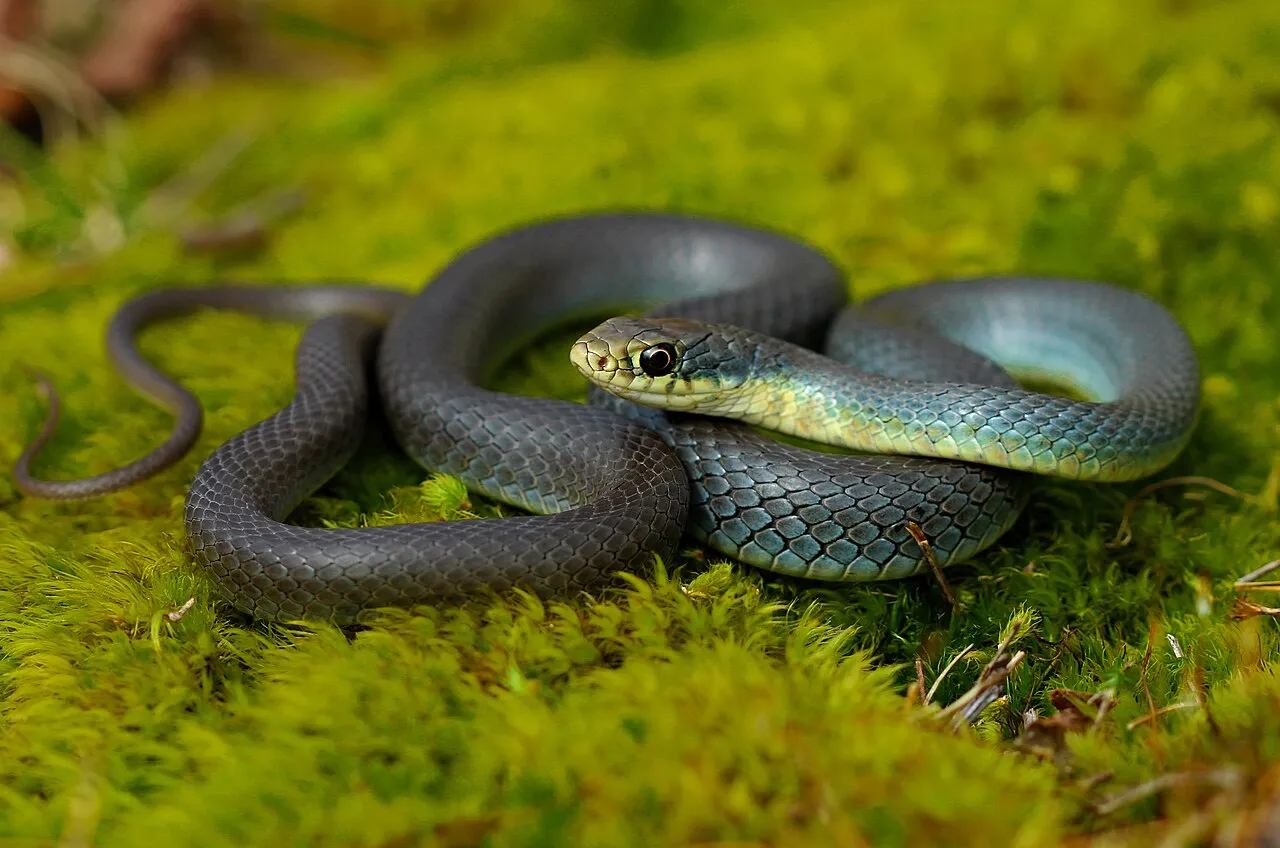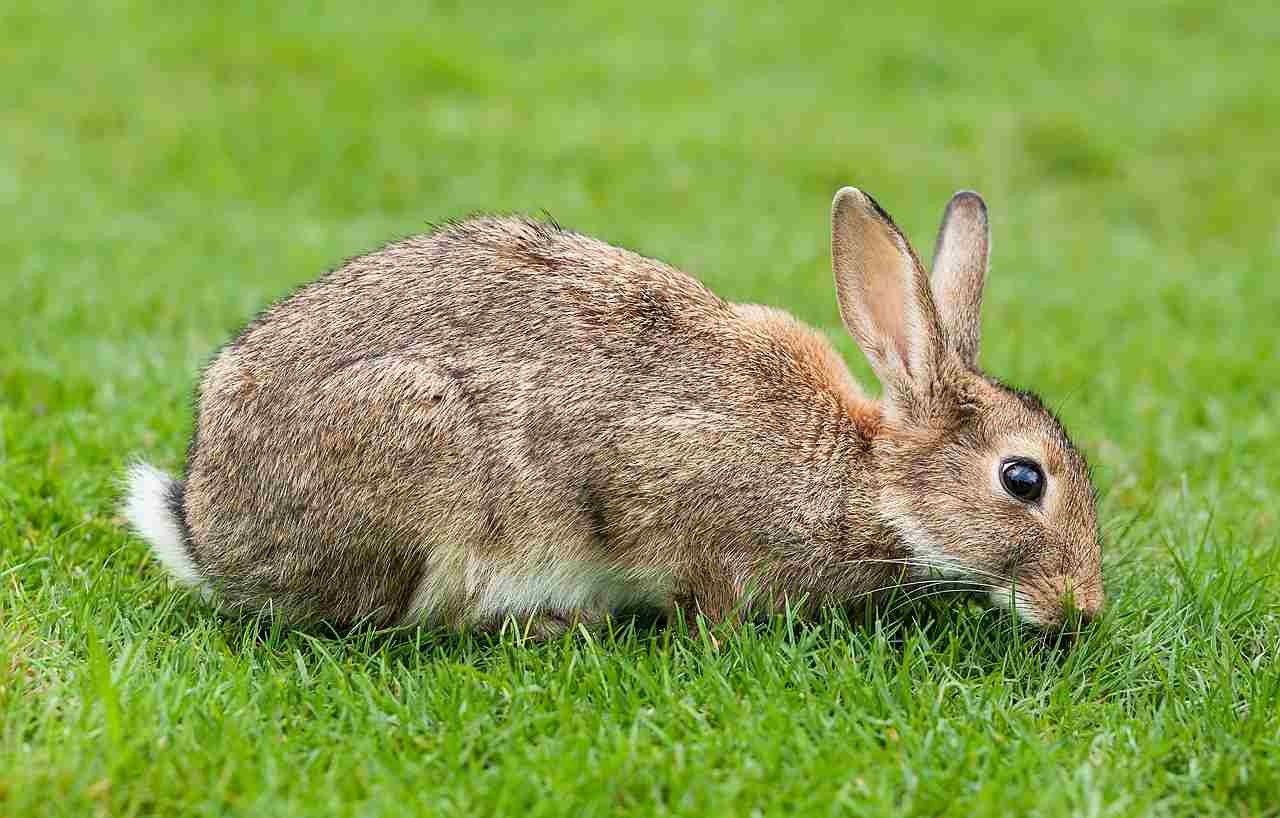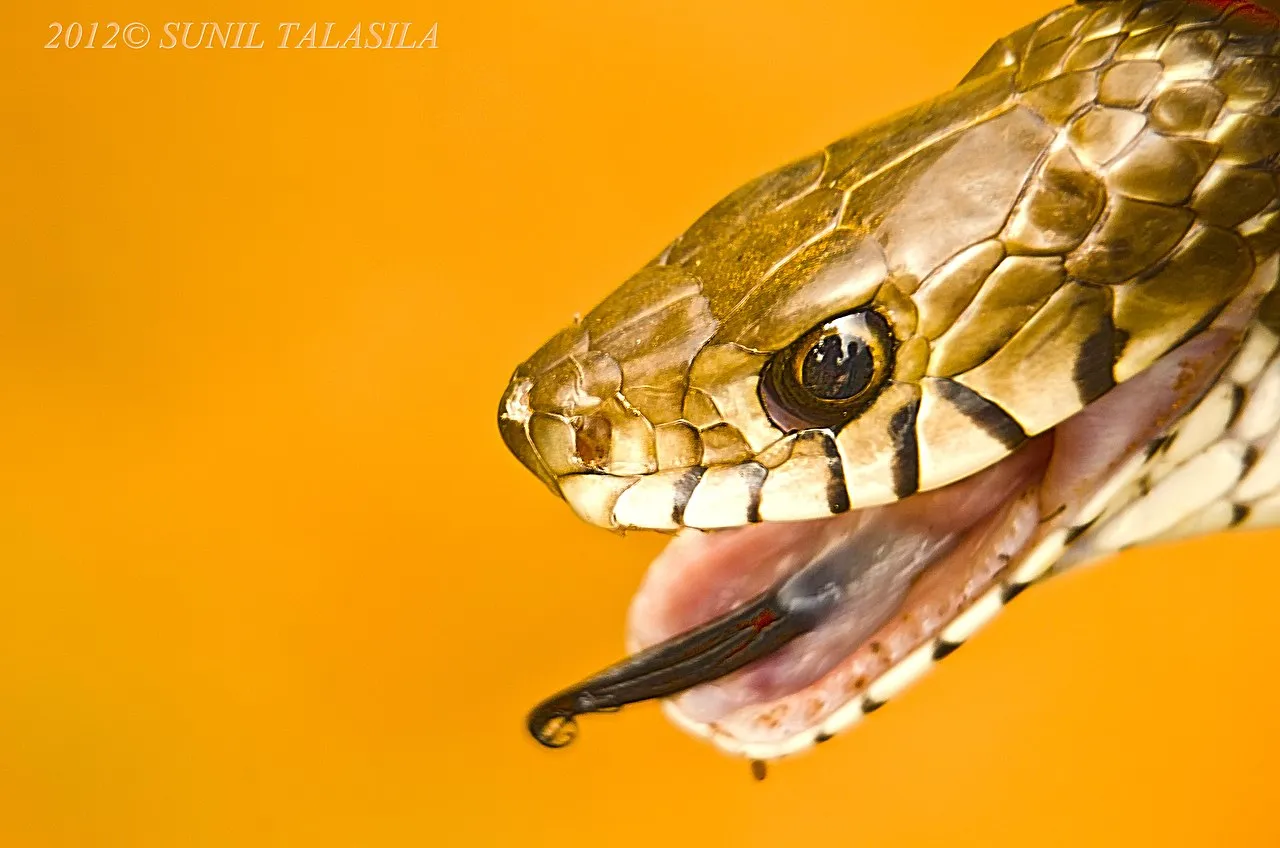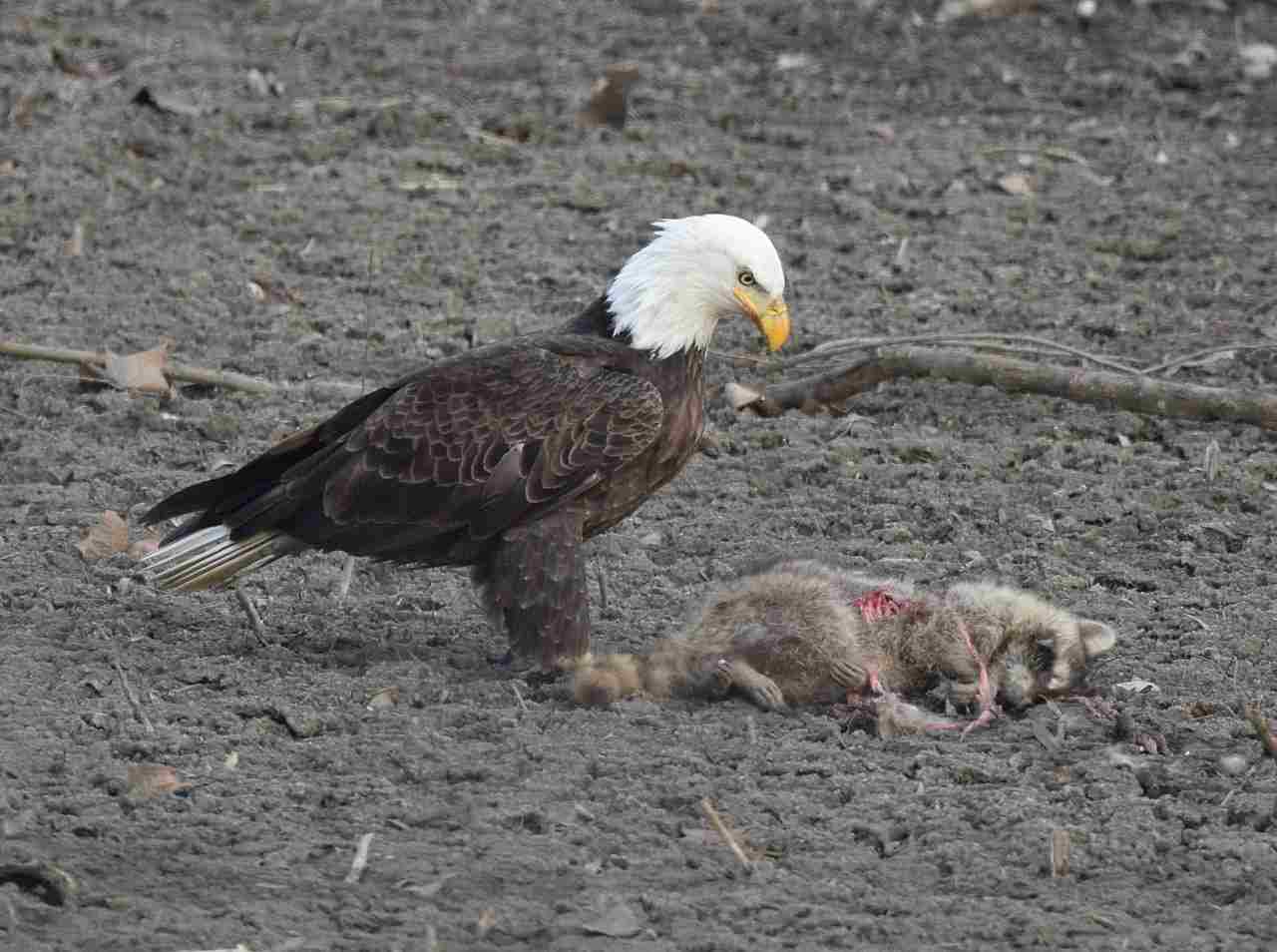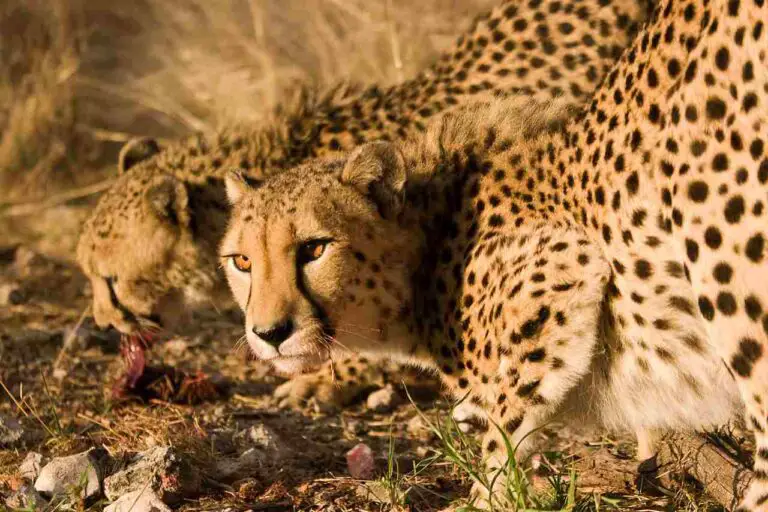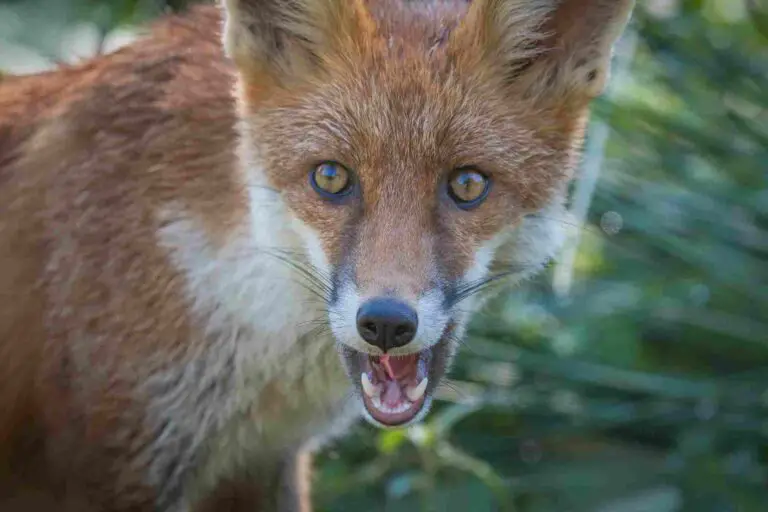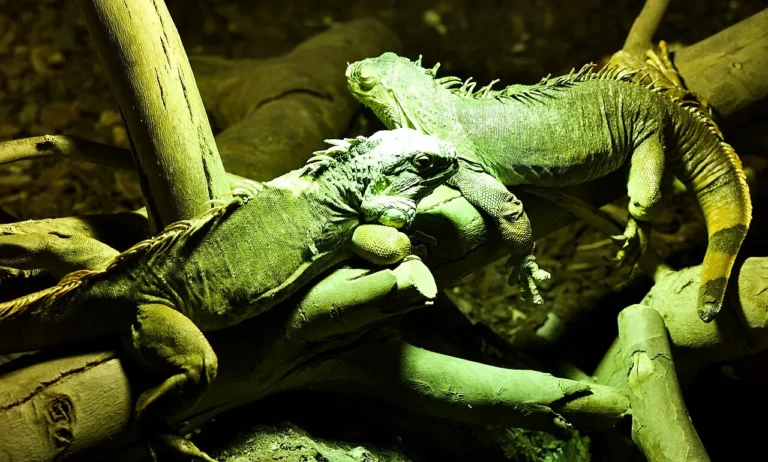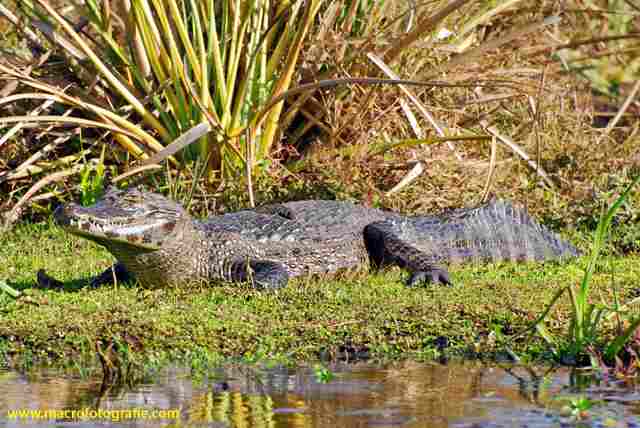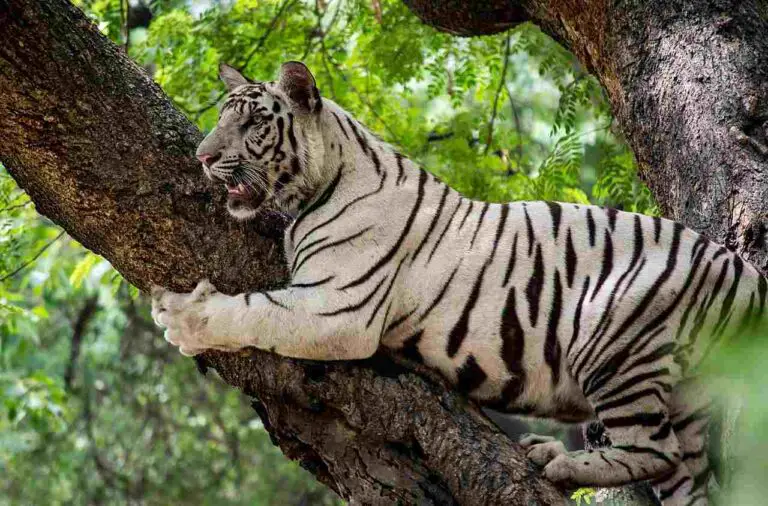11+ Predators In Europe And Their Characteristics Discussed
Examples of predators in Europe include the critically endangered Iberian Lynx, which relies heavily on rabbits for food, and the large Eurasian Lynx, known for its adaptability to various habitats. The Eurasian Wolf is an iconic predator that has made a comeback due to conservation efforts, while the Brown Bear plays a vital role in maintaining ecological balance. Birds of prey like the White-Tailed Eagle and Eurasian Kestrel have unique hunting styles, with threats ranging from habitat loss to human disturbances. The venomous Ottoman Viper and the non-venomous Southern Smooth Snake contribute to controlling small vertebrate populations, highlighting the diversity of Europe’s predatory species.
1. Iberian Lynx
The Iberian Lynx (Lynx pardinus) is a critically endangered feline species native to the Iberian Peninsula, primarily found in southern Spain and Portugal. Known for its tufted ears, spotted coat, and distinctive beard-like ruff, the Iberian Lynx is one of the rarest wild cats in the world. This predator is highly specialized, feeding primarily on rabbits, which have experienced population declines due to disease and habitat loss, contributing to the lynx’s vulnerable status. Conservation efforts, including captive breeding and reintroduction programs, are ongoing to restore the species’ population and habitat.
Despite these conservation efforts, the Iberian Lynx still faces significant threats. Habitat fragmentation, human encroachment, and road traffic pose dangers to its survival. Conservationists work closely with local communities to address these challenges, emphasizing the importance of preserving the natural ecosystem for the lynx and other native species. By focusing on habitat restoration and reconnecting fragmented areas, there is hope for the continued recovery of the Iberian Lynx in Europe.
2. Eurasian Lynx
The Eurasian Lynx (Lynx lynx) is the largest lynx species and one of the widest-ranging wild cats in Europe and Asia. It is characterized by its robust build, thick fur, and distinct ear tufts, with a diverse diet that includes ungulates like deer and smaller prey like hares and birds. Unlike the Iberian Lynx, the Eurasian Lynx has adapted to a broader range of habitats, from dense forests to mountainous regions. This adaptability has allowed it to maintain a stable population in many parts of its range, although it has been extirpated from some areas due to habitat loss and human persecution.
Despite its adaptability, the Eurasian Lynx faces threats from habitat fragmentation, poaching, and human-wildlife conflict. Conservation efforts focus on reintroducing the lynx to areas where it has disappeared and promoting coexistence with human populations. These efforts include the establishment of wildlife corridors, community education, and robust anti-poaching measures. The success of these programs is crucial to ensuring that this majestic predator continues to thrive in Europe’s forests and mountains.
3. Eurasian Wolf
The Eurasian Wolf (Canis lupus lupus) is one of the most iconic predators in Europe, known for its pack structure and complex social behavior. It has a wide distribution across Europe and Asia, with a diet primarily consisting of ungulates, but also including smaller mammals, birds, and carrion. The Eurasian Wolf plays a crucial role in maintaining ecological balance by regulating prey populations and promoting biodiversity through its predation patterns. However, the wolf’s history with humans has been contentious, with centuries of persecution leading to significant population declines.
In recent decades, the Eurasian Wolf has made a comeback in many parts of Europe, thanks to legal protections and improved attitudes toward conservation. This resurgence, while celebrated by conservationists, has also led to conflicts with livestock farmers and hunters. Efforts to mitigate these conflicts include compensation programs for livestock losses, promoting non-lethal deterrents, and fostering coexistence between wolves and human communities. These initiatives aim to ensure a sustainable future for the Eurasian Wolf while addressing the concerns of those living in close proximity to these powerful predators.
4. Brown Bear
The Brown Bear (Ursus arctos) is one of Europe’s largest land predators, with a distribution that spans northern and eastern Europe, extending into Russia and parts of Asia. Known for their impressive size and strength, brown bears have a varied diet, ranging from plant material and insects to fish and large mammals. These adaptable creatures play a vital role in their ecosystems, contributing to seed dispersal and regulating prey populations. Despite their ecological importance, brown bears have historically faced significant threats from hunting, habitat loss, and human-wildlife conflict.
Conservation efforts have helped stabilize and even increase some brown bear populations in Europe, particularly in areas where they were once extirpated. These efforts include habitat protection, creating wildlife corridors, and implementing measures to reduce human-bear conflicts. Education campaigns also play a crucial role in shifting public perception and fostering coexistence. As brown bears continue to reclaim parts of their historic range, finding a balance between conservation and human safety remains a key challenge for wildlife management in Europe.
5. Golden Jackal
The Golden Jackal (Canis aureus) is a versatile predator found in southeastern Europe, North Africa, and parts of Asia. With a smaller build compared to wolves, the golden jackal has a varied diet that includes small mammals, birds, insects, and even fruits. This flexibility in feeding habits allows it to thrive in a range of habitats, from forests and grasslands to coastal regions. In recent years, the golden jackal has expanded its range in Europe, colonizing new areas as human landscapes change and create opportunities for this adaptable species.
The rapid expansion of the golden jackal has sparked debate among conservationists and wildlife managers. While some view its expansion as a sign of ecological resilience, others worry about potential competition with native predators and impacts on local wildlife. Managing the golden jackal’s spread involves understanding its ecological role and addressing concerns about its impact on existing ecosystems. Efforts to monitor its populations and study its behavior are crucial in developing effective management strategies that consider both the species’ adaptability and the need to protect native biodiversity.
6. Wolverine
The Wolverine (Gulo gulo) is a formidable predator known for its strength and tenacity, often found in remote northern regions of Europe and North America. Despite its relatively small size, the wolverine is capable of taking down prey much larger than itself, and it has a reputation for being fearless in the face of challenges. Wolverines primarily inhabit mountainous and boreal forest regions, where they rely on large territories for hunting and scavenging. Their diet is varied, consisting of small mammals, carrion, birds, and occasionally larger ungulates.
The wolverine faces significant threats from habitat loss, climate change, and human encroachment, which fragment its territory and reduce its prey base. Conservation efforts aim to protect wolverine habitats and ensure connectivity between isolated populations to maintain genetic diversity. Efforts are also being made to mitigate human-wolverine conflicts, especially where wolverines come into contact with livestock or human activities. By addressing these threats, conservationists hope to preserve this unique predator in Europe’s northern landscapes.
7. White-Tailed Eagle
The White-Tailed Eagle (Haliaeetus albicilla) is one of the largest birds of prey in Europe, with a wingspan reaching up to 2.5 meters. It inhabits coastal regions, wetlands, and large inland bodies of water, where it primarily feeds on fish but also preys on birds and small mammals. The white-tailed eagle is a majestic symbol of conservation success, having recovered from near-extinction in many parts of Europe due to hunting and habitat loss. Conservation efforts, including reintroduction and protection measures, have allowed this species to thrive in areas where it was once absent.
Despite its remarkable recovery, the white-tailed eagle continues to face threats from habitat degradation, pollution, and human disturbance. Lead poisoning from ingested ammunition remains a significant concern, as does disturbance from human recreational activities in its nesting and feeding grounds. Conservation efforts focus on protecting critical habitats, reducing lead contamination, and raising public awareness about the importance of these magnificent birds. Continued success in white-tailed eagle conservation will depend on addressing these challenges and ensuring that suitable habitats remain protected for future generations of eagles.
8. Eurasian Kestrel

The Eurasian Kestrel (Falco tinnunculus) is a common bird of prey in Europe, known for its unique hunting behavior of hovering in the air while scanning the ground for prey. It is a smaller raptor, typically preying on small mammals, birds, and insects. The kestrel’s adaptability allows it to thrive in a range of habitats, including urban areas, where it often nests in tall buildings and hunts in open spaces like fields and meadows. Its widespread distribution and adaptability have made it a familiar sight in many parts of Europe, often serving as an entry point for people interested in birdwatching.
Despite its adaptability, the Eurasian Kestrel faces some threats, primarily from habitat loss and agricultural practices that reduce its prey base. Pesticides and rodenticides can also negatively impact kestrel populations, as they reduce available prey or lead to secondary poisoning. Conservation efforts for the Eurasian Kestrel focus on promoting sustainable agricultural practices and protecting critical nesting sites. By fostering these efforts, conservationists aim to ensure that this agile predator continues to thrive in both rural and urban landscapes across Europe.
9. Lanner Falcon
The Lanner Falcon (Falco biarmicus) is a medium-sized falcon found in southern Europe, Africa, and parts of Asia. Known for its speed and agility, the lanner falcon preys on birds and small mammals, using its swift flight to capture prey in mid-air. This predator has a unique hunting style, often working in pairs or small groups to drive prey into the air before capturing it. The lanner falcon’s adaptability allows it to inhabit a range of environments, including cliffs, savannas, and semi-arid regions.
Despite its adaptability, the lanner falcon faces challenges from habitat destruction and illegal hunting, particularly where it overlaps with human activities. Conservation efforts aim to protect nesting sites and reduce disturbances from human encroachment. In addition, falconry has played a role in raising awareness about the lanner falcon’s importance and promoting its conservation. Through these combined efforts, conservationists hope to maintain healthy populations of this skilled predator across its range in southern Europe and beyond.
10. Hen Harrier
The Hen Harrier (Circus cyaneus) is a medium-sized bird of prey found in open landscapes, such as marshes, moors, and farmland. It is known for its distinctive flying pattern, characterized by slow, low flights over the ground while searching for prey like small mammals and birds. Hen harriers are sexually dimorphic, with males having a bluish-gray plumage and females displaying brown tones. Despite their elegant appearance and vital role in the ecosystem, hen harriers face significant threats from habitat loss and illegal persecution, particularly in regions where they are considered pests due to their hunting habits.
Conservation efforts for the hen harrier focus on protecting its habitat and addressing illegal persecution, which is often linked to conflicts with gamekeepers and landowners. Conservationists work to establish protected areas and promote legal enforcement to prevent harm to these birds of prey. Community engagement and education play a crucial role in changing public perceptions and fostering coexistence. With continued support, hen harriers have a chance to rebound and continue their vital role in Europe’s open landscapes.
11. Common Buzzard
The Common Buzzard (Buteo buteo) is one of the most widespread birds of prey in Europe, often seen soaring in the sky or perched on trees and fences along roadsides. It is a medium-sized raptor with a varied diet, including small mammals, birds, reptiles, and carrion. The common buzzard’s adaptability allows it to inhabit a variety of landscapes, from forests and farmland to urban areas, contributing to its wide distribution. Its characteristic “mewing” call is a familiar sound in many parts of Europe, and it is often used as an indicator of environmental health.
Despite its broad distribution and adaptability, the common buzzard faces threats from habitat loss and human disturbances, particularly in areas where land use changes impact its nesting and hunting grounds. Pesticides and rodenticides can also affect common buzzard populations by reducing available prey or causing secondary poisoning. Conservation efforts aim to protect critical habitats, promote sustainable agricultural practices, and raise public awareness about the importance of these birds of prey. Through these efforts, the common buzzard continues to thrive in many parts of Europe, contributing to the region’s biodiversity.
12. Ottoman Viper
The Ottoman Viper (Montivipera xanthina) is a venomous snake species found in southeastern Europe and Turkey. Known for its distinctive zigzag pattern and robust build, the Ottoman viper is a formidable predator, preying on small mammals, birds, and reptiles. It typically inhabits rocky areas and shrublands, where its coloration provides effective camouflage. Despite its venomous nature, the Ottoman viper plays an essential role in its ecosystem by controlling small mammal populations and serving as prey for larger predators.
The Ottoman viper faces significant threats from habitat loss and human persecution, as people often kill venomous snakes out of fear or to protect livestock. Conservation efforts focus on protecting critical habitats and educating local communities about the importance of vipers in maintaining ecological balance. These efforts also emphasize the need for coexistence and the role that snakes play in controlling pests. Through education and conservation initiatives, the goal is to reduce human-viper conflicts and ensure the survival of this unique predator in southeastern Europe.
13. Southern Smooth Snake
The Southern Smooth Snake (Coronella girondica) is a non-venomous snake species found in southwestern Europe, particularly in Spain, Portugal, and southern France. It is a slender, inconspicuous snake with a smooth, brownish-gray coloration, making it well-suited to its preferred habitats of shrublands, grasslands, and open woodlands. The southern smooth snake primarily preys on small reptiles and mammals, using its constricting ability to subdue its prey. Despite its non-venomous nature, the southern smooth snake plays a crucial role in its ecosystem by controlling small vertebrate populations.
The southern smooth snake faces threats from habitat loss and human disturbances, as land use changes impact its natural environments. Conservation efforts focus on protecting critical habitats and raising awareness about the importance of non-venomous snakes in maintaining ecological balance. These efforts include promoting sustainable land management practices and educating local communities about the benefits of having these snakes in their ecosystems. By fostering coexistence and preserving natural habitats, conservationists aim to ensure that the southern smooth snake continues to thrive in southwestern Europe.
*Summary
-
Iberian Lynx
-
Critically endangered feline species from Iberian Peninsula.
-
Feeds primarily on rabbits; habitat loss and fragmentation are threats.
-
Conservation involves captive breeding and reintroduction.
-
-
Eurasian Lynx
-
Largest lynx species, widespread in Europe and Asia.
-
Diet includes ungulates and smaller prey; adaptable to various habitats.
-
Threats include poaching and human-wildlife conflict; reintroduction efforts ongoing.
-
-
Eurasian Wolf
-
Iconic European predator with complex social structures.
-
Feeds primarily on ungulates; resurgence due to conservation efforts.
-
Threats from human conflict; focus on coexistence with local communities.
-
-
Brown Bear
-
One of Europe’s largest land predators.
-
Varied diet from plants to large mammals; contributes to ecosystem balance.
-
Conservation efforts involve habitat protection and reducing human-bear conflicts.
-
-
Golden Jackal
-
Versatile predator with a varied diet.
-
Rapid expansion in Europe; adaptable to different habitats.
-
Concerns about competition with native predators; monitoring and management required.
-
-
Wolverine
-
Strong and tenacious predator from northern regions.
-
Diet includes small mammals and carrion; habitat fragmentation is a threat.
-
Conservation efforts focus on habitat connectivity and reducing human conflict.
-
-
White-Tailed Eagle
-
One of Europe’s largest birds of prey; primarily feeds on fish.
-
Recovered from near-extinction due to hunting and habitat loss.
-
Current threats include lead poisoning and human disturbances.
-
-
Eurasian Kestrel
-
Common bird of prey known for its hovering hunting style.
-
Diet includes small mammals and insects; adaptable to urban areas.
-
Conservation efforts focus on reducing pesticides and protecting nesting sites.
-
-
Lanner Falcon
-
Medium-sized falcon known for speed and agility.
-
Unique hunting style often involving teamwork; adaptable to various environments.
-
Faces threats from habitat destruction and illegal hunting.
-
-
Hen Harrier
-
Medium-sized bird of prey in open landscapes.
-
Threats from habitat loss and illegal persecution.
-
Conservation involves habitat protection and addressing conflicts with landowners.
-
-
Common Buzzard
-
One of the most widespread birds of prey in Europe.
-
Diet varies from small mammals to carrion; adaptable to many landscapes.
-
Threats from habitat loss and pesticides; conservation focuses on habitat protection.
-
-
Ottoman Viper
-
Venomous snake with distinctive zigzag pattern.
-
Preys on small mammals and birds; crucial for ecosystem balance.
-
Faces threats from habitat loss and human persecution.
-
-
Southern Smooth Snake
-
Non-venomous snake with a smooth, brownish-gray coloration.
-
Preys on small reptiles and mammals; important in controlling small vertebrate populations.
-
Threats from habitat loss; conservation focuses on awareness and sustainable land management.
-
| Species | Summary |
| Iberian Lynx |
Critically endangered, feeds on rabbits, threats from habitat loss, conservation involves reintroduction.
|
| Eurasian Lynx |
Large, widespread, adaptable, threats from poaching and human-wildlife conflict, conservation involves reintroduction efforts.
|
| Eurasian Wolf |
Iconic predator, complex social structure, threats from human conflict, conservation focuses on coexistence.
|
| Brown Bear |
Large predator, varied diet, threats from habitat loss, conservation involves habitat protection and reducing human-bear conflicts.
|
| Golden Jackal |
Versatile predator, rapid expansion, concerns about competition with native predators, requires monitoring and management.
|
| Wolverine |
Strong and tenacious, threats from habitat fragmentation, conservation focuses on habitat connectivity and reducing human conflict.
|
| White-Tailed Eagle |
Large bird of prey, recovered from near-extinction, current threats include lead poisoning and human disturbances.
|
| Eurasian Kestrel |
Known for hovering hunting style, adaptable, threats from pesticides, conservation focuses on reducing pesticides and protecting nesting sites.
|
| Lanner Falcon |
Medium-sized falcon, unique hunting style, threats from habitat destruction and illegal hunting.
|
| Hen Harrier |
Medium-sized bird of prey, threats from habitat loss and illegal persecution, conservation focuses on addressing conflicts with landowners.
|
| Common Buzzard |
Widespread bird of prey, threats from habitat loss and pesticides, conservation involves habitat protection.
|
| Ottoman Viper |
Venomous snake, threats from habitat loss and human persecution, conservation focuses on education and reducing conflicts.
|
| Southern Smooth Snake |
Non-venomous snake, important in controlling small vertebrate populations, threats from habitat loss, conservation focuses on sustainable land management.
|
